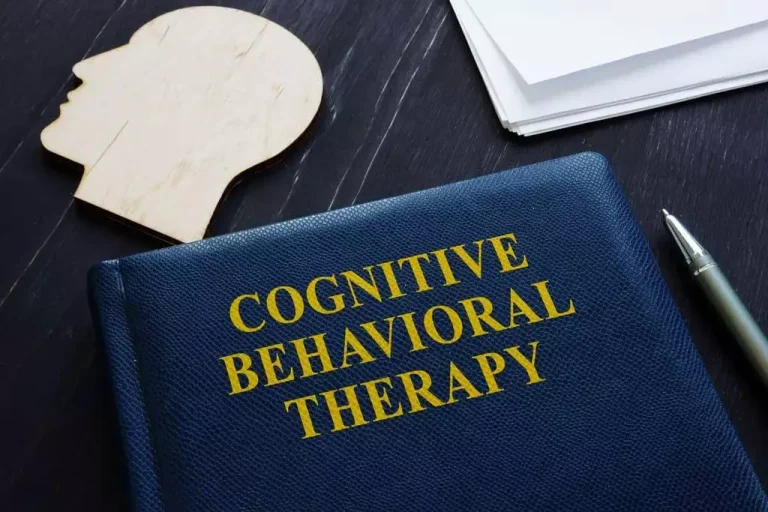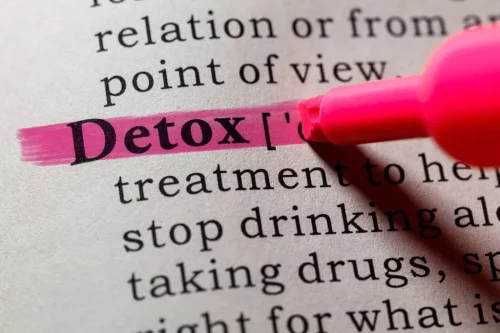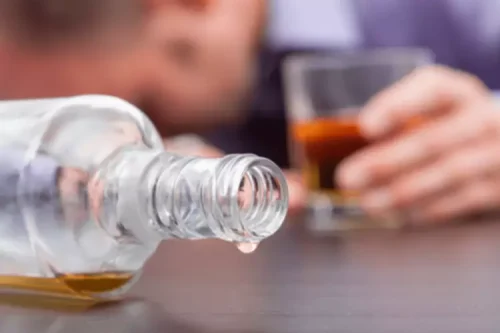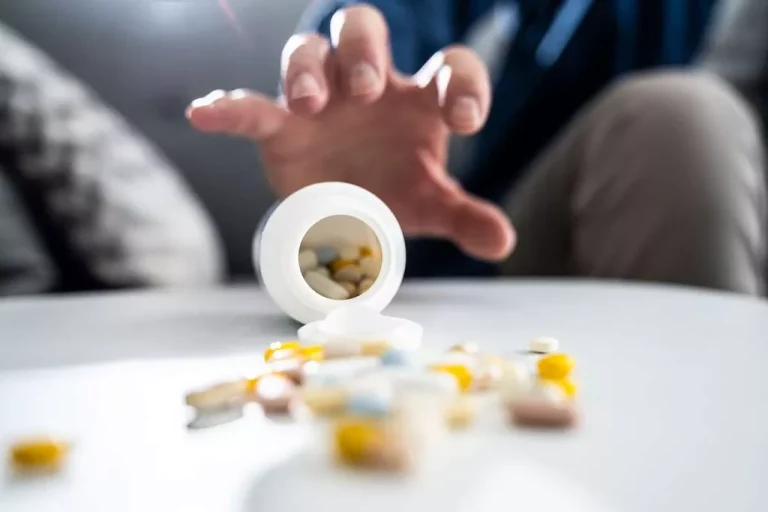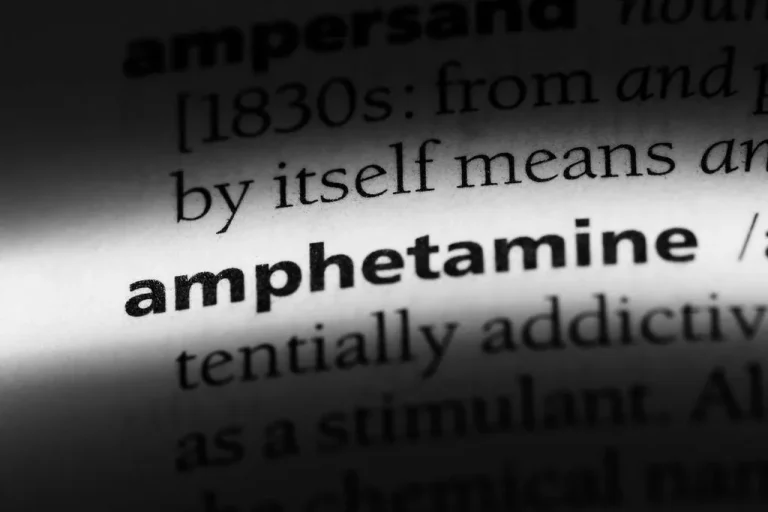
Unmet psychological or physical needs, such as unaddressed mental health issues or lack of a strong support system, also influence relapse. The implementation of relapse prevention strategies, including therapy, coping skills, and strong social support networks, is important in long-term recovery to help individuals maintain sobriety and manage triggers effectively. After maintaining sobriety for five years, the risk of relapse significantly decreases to approximately 15%. Alcohol dependence is caused by a combination of biological, psychological, and social factors. Genetics plays a key role, with some individuals being genetically predisposed to alcohol use disorder. Variations in genes that influence alcohol metabolism or the brain’s reward system make some people more vulnerable to developing dependence.

How Can I Tell If I’m Dependent On Alcohol?
Volpicelli says that your liver and heart health may be among the first to give way to the effects of too much alcohol. When you do hit pause on drinking, it’s a good idea to pay attention to how your body reacts. “Experiencing shakiness, sweating, nausea, headaches, and irritability when not drinking” are all withdrawal signs, suggestive of potentially dangerous overuse, Vopicelli cautions. A health care provider might ask the following questions to assess a person’s symptoms. A doctor may diagnose alcohol dependence when they see two or more of the above symptoms based on an ongoing pattern of how you use alcohol. Usually this is based on behaviour over the last 12 months or more, but alcohol dependence could be diagnosed based on continuous daily (or almost daily) use of alcohol over a period of at least three months.
WHAT IS ALCOHOLISM OR ALCOHOL DEPENDENCE?

Alcoholism is a term used to describe the most serious form of problem drinking at a level that causes harm to your health. When combined with other evidence-based therapies, such as cognitive behavioral therapy (CBT), MAT can help prevent relapse and increase your chance of recovery. You’ll live in safe, substance-free housing and have access to professional medical monitoring.

“Healthy” Habits That Are Wrecking Your Body, Doctors Say
The well-known phenomenon of denial, which is a common part of the illness, often turns the illness into a chronic one. By clicking “Submit,” you certify that you have provided your legal name and phone number, agree to the terms and conditions and privacy policy, and authorise Paid Advertiser to contact you. In addition to these criteria, your doctor may also run some blood tests to view your liver enzymes and electrolytes to see if there are any imbalances or abnormalities that could signal an AUD. Enter your phone number below to receive a free and confidential call from a treatment provider. The Foundation for a Drug-Free World is a nonprofit, international drug education program proudly sponsored by the Church of Scientology and https://ecosoberhouse.com/ Scientologists all over the world.
Causes and Triggers of Alcohol Withdrawal Seizures
Outpatient treatment is less intensive than inpatient treatment or partial hospitalization programs. They are best for people who have a high motivation Drug rehabilitation to recover but cannot leave their responsibilities at home, work, or school. Sign up to get tips for living a healthy lifestyle, with ways to fight inflammation and improve cognitive health, plus the latest advances in preventative medicine, diet and exercise, pain relief, blood pressure and cholesterol management, and more.
An increasingly heavy drinker often says he could stop whenever he chooses—he just never “chooses” to do so. Alcoholism is not a destination, but a progression, a long road of deterioration in which life continuously worsens. Inpatient programs allow the person to complete rehab by living within the facility. Outpatient programs require the individual to come on-site for therapy and medication and then go home. In addition to the above symptoms, you may also experience hand tremors, seizure,s and hallucinations. However, they must be used under strict medical supervision to avoid dependency.
Alcohol abuse can be excessive or frequently drinking, binge drinking, or drinking despite any negative consequences. Repeat episodes of alcohol abuse changes the way the brain functions and increases the risk of developing alcoholism, or alcohol dependence, although the person does not have symptoms of withdrawal when they discontinue use. Activation of the HPA axis and CRF-related brain stress circuitry resulting from alcohol dependence likely contributes to amplified motivation to drink.
- There are different treatments available for people diagnosed with alcohol-use disorders.
- During the withdrawal process, the doctor may prescribe a class of antianxiety drugs called benzodiazepines for a short period in order to reduce withdrawal symptoms.
- In some severe cases, this can cause the person to self-harm or have suicidal thoughts.
- Below are some common alcohol abuse signs that may indicate whether a person is struggling with alcoholism, or an alcohol use disorder.
It’s important that you talk to a healthcare provider or mental health professional who can guide you by providing you with a diagnosis, treatment plan, and direction for support during your recovery. You should make an appointment to see a healthcare provider or mental health professional who can assess your mental health and diagnose underlying conditions such as depression or anxiety that can predispose you to hangxiety. It is hard to predict whether you or someone else will experience anxiety after an episode of drinking or during a hangover.


For those transitioning out of residential care, our Intensive Outpatient Program offers continued support and structure. This 10-week program combines evidence-based practices, such as the Matrix Model and 12-step principles, with 10 hours of weekly counseling to help patients stay symptoms of alcohol dependence on track. These medications work by stabilizing the brain’s electrical activity, preventing the sudden surges that cause seizures. At The Springboard Center, we offer individualized medical detox plans tailored to each patient’s needs, ensuring a safe and comfortable experience.
- Continued abuse causes irreversible scarring (cirrhosis), which impairs liver function and increases the risk of liver cancer.
- Our Residential Program provides a structured, supportive environment where patients can focus on their recovery.
- Yes, alcohol dependence increases the risk of cancer, particularly in areas such as the liver, esophagus, throat, and mouth.
- End-stage alcoholism, also known as late-stage alcoholism, is the most severe.
- The Foundation for a Drug-Free World is a nonprofit, international drug education program proudly sponsored by the Church of Scientology and Scientologists all over the world.
Addiction Resource team has compiled an extensive list of the top drug rehabilitation facilities around the country. Click on the state you are interested in, and you’ll get a list of the best centers in the area, along with their levels of care, working hours, and contact information. Severe confusion, hallucinations, or seizures are emergency symptoms that require immediate medical attention. Chronic alcohol use disrupts the delicate balance of neurotransmitters in the brain. Alcohol enhances the effects of GABA, a neurotransmitter that calms the nervous system while suppressing glutamate, which excites it.


